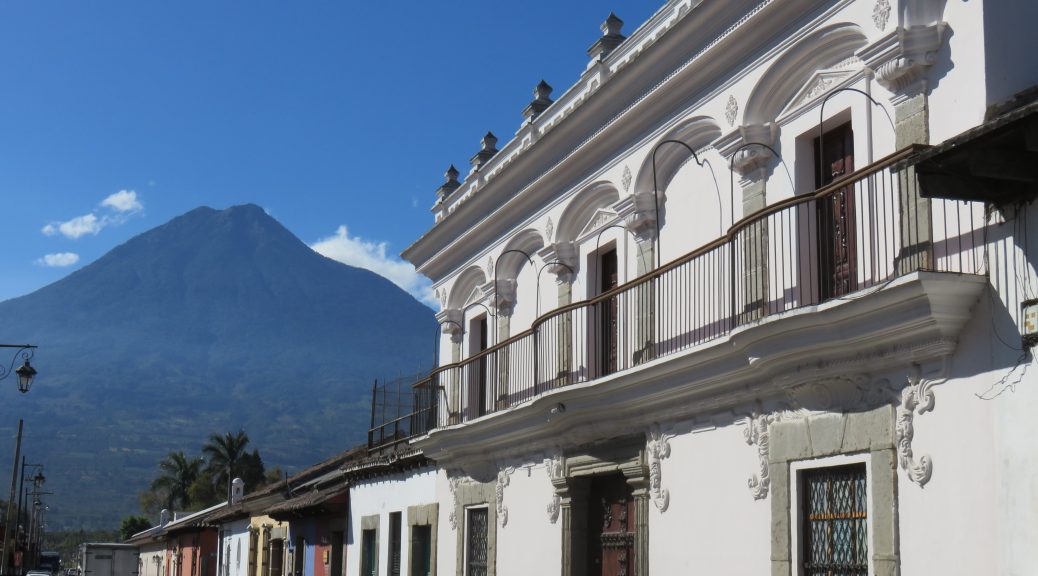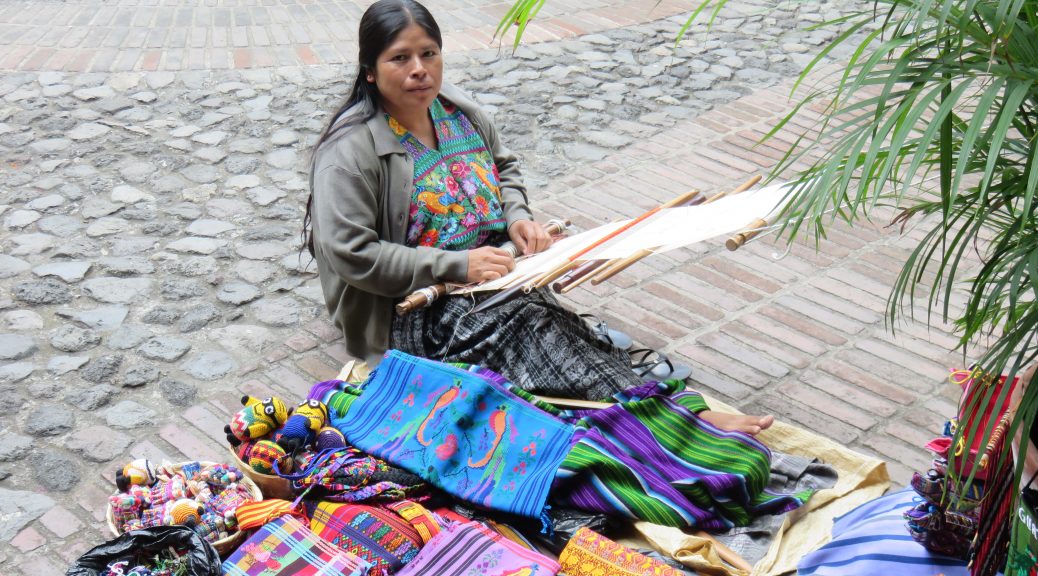Have you added chyawanprash to your diet? Maybe you should…but more on that later.
I spent two weeks in the beautiful colonial town of Antigua, Guatemala working with Yogi Superfoods. YS is a small social business that produces a variety of healthy food complements and snacks for the domestic market.
The name, Yogi Superfoods, was coined by its founder, an Italian living in Guatemala. He teaches yoga and many of his customers are yoga students. Hence the “Yogi” name. He also leads guided meditation classes. I attended one and finished up quite refreshed. So did one of the other participants who had been bitten by a scorpion just one day previous. He reported that he felt the venom leave his body during his deep meditation.
YS seeks to offer nutritious food alternatives to consumers while providing jobs and training to local people. My NGO for this assignment, Partners of the Americas, asked me to conduct market research so that YS could better understand the niche health food market in Guatemala. I conducted desk research, interviews with shop and restaurant owners and industry experts, led one focus group, and visited a dozen retail stores. Prior to this external activity (e.g. store visits) I was briefed on the product line by the staff. And then, after donning a surgical mask, hair net and sanitizing my hands, I was given a tour of YS’ small, but very clean, production facility.
YS sells its products mostly to retailers and a bit to restaurants for use in meal preparation. The end users of health food products are mid to upper social economic consumers; estimated at 60% Guatemalans, 40% Foreigners – – predominately North American and European. Most are urban living and are interested in a healthy lifestyle. But in a poor country of just 17 million people and a level of wealth at 1/14th that of the U.S., there aren’t too many of these types. So, YS remains a small company: eight employees.
Prior to this assignment, YS had conducted little (if any) formal market research. Most of the company’s decisions had been based on gut feel and intuition. They were only just now instituting a tracking system to measure revenue and profit from each product. This new tracking capability, combined with the results of our market research efforts, will allow YS to become a more successful competitor. (We hope.)
For the focus group discussion, we invited one dozen knowledgeable consumers of Yogi Superfoods products. These consumers shared with us several important recommendations:
- Improve packaging consistency: different size and style fonts are being used and too much information appears on the package
- Simplify the product line: YS offers 145 different products. 80% of revenues come from the top 25 items. The bottom 25 account for less than .3%. Thus, YS could lop off the bottom 25 products and still realize 99.7% of the revenue.
- Rationalize product names: Some product names overlap in a confusing way – – for example, the company offers “Healthy Superfoods Treat” and “Healthy Snack”
The focus group also suggested that YS add more adaptogens to the product line, including ashwagandha and chyawanprash. These are real words by the way. I am a bit vague on the meaning of adaptogen and I certainly don’t recognize the two specifically mentioned, but I kept a poker face and made it through that part of the group discussion.
The products offered include all sorts of powdered food complements to blend into smoothies, soups, stews, and more. If you have a hankering for powdered spirulina, turmeric, nutritional yeast, chlorophyll, and acai then Yogi Superfoods should be your provider of choice. Or you can select fermented, non-alcoholic drinks like kombucha and matcha tea. Coconut oil and apple cider vinegar are also on the menu. And finally there is a range of snack foods – various sorts of trail mix (with turmeric), raw chocolate bars, un- or very lightly sweetened.
When I was not sampling Yogi Superfood, I discovered that the street food in Guatemala is similar to that in big neighbor to the north, Mexico: tacos, tamales, guacamole. The Guatemalan tortillas are a bit thicker though and the locals eat lots of plantains – – grilled, fried, mashed, boiled. In fact, the Garifuna load their tapado (fish and coconut stew) with the ubiquitous plantain. Of course, that begs the question, who are the Garifuna? 54% of Guatemalans are indigenous, mostly Mayan. 45% are mestizo (Hispanic) and that leaves a tiny sliver of Garifuna. This ethnic group is descended from former African slaves who migrated from Caribbean islands to Guatemala’s Caribbean coast in the early 1800s. They speak their own language. After completing my assignment, I traveled to the Caribbean coast where I listened to their music – drumming with call and response lyrics in the Garifuna language. The music was accompanied by their dancing: hip shaking, body swinging, all rather suggestive – – but I’m not complaining.
Traveling north from Guatemala into Belize I met a taxi driver named Burrito. This was a self-given name due to his belief that he was a superb burrito maker. I didn’t try his famous dish. Burrito encouraged me to sample Gibnut, a grilled field rat. I didn’t get around to trying it either, just ran out of time – – bummer, I usually enjoy field rats. He also described a delicacy he makes around Easter time: cooked iguana including the 40 – 80 eggs found inside the female. Squeeze the soft leathery egg shell (not a hard shell) and one gets a mustard-like substance from it. Only one problem: Burrito said the iguana species he hunts was endangered, so he ate just one or two a year. Usually at Easter. I am not too keen on consuming endangered species. But I must say, the last passenger pigeon sure tasted good, and so did the dodo bird. But neither were as healthy as the Yogi Superfoods’ product line.


